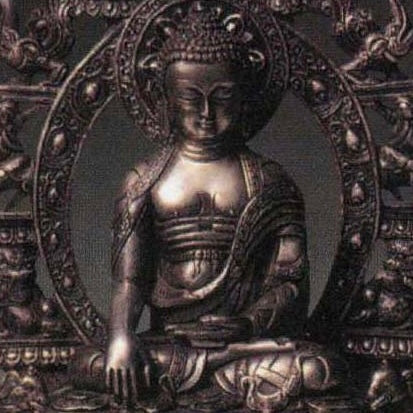
Tibetan Silver: A Wisdom-Forged Alloy Between Tradition and Function
Share
In the world of traditional Chinese silver jewelry, there's a material called Tibetan Silver. It’s not pure silver, nor is it a cheap imitation—it’s a pragmatic alloy that blends ethnic culture, folk craftsmanship, and everyday functionality.
What is Tibetan Silver?
Tibetan Silver does not refer to a fixed formula. Instead, it’s a general term for regionally-used silver alloys, commonly found in Tibet, Yunnan, and Guizhou.
Traditionally, it’s a mixture of silver and other metals such as copper, zinc, or nickel. The reasons for this include:
- Increased durability: Pure silver is too soft for frequent wear or intricate designs.
- Cost-effectiveness: Alloying helps make jewelry more affordable while maintaining a silver-like appearance.
- Aesthetic value: Artificial oxidation techniques give Tibetan silver a rich, vintage patina.
Historical texts like the Qing Dynasty’s Tiangong Kaiwu mention combining silver with tin and copper to enhance strength—a philosophy that aligns with Tibetan silver craftsmanship.
Cultural and Aesthetic Value
In Tibetan culture, silver jewelry serves not just as decoration, but also as spiritual protection and a status symbol. Tibetan silver bracelets and pendants often feature the Six-Syllable Mantra (Om Mani Padme Hum). As described in Mahayana Buddhist texts, this mantra is believed to “purify the six realms of suffering and help attain enlightenment.”
Tibetan silver, with its warm sheen and dense texture, is ideal for engraving sacred texts and symbolic patterns. Hand-forging techniques leave visible hammer marks, enhancing the item’s sense of time and craftsmanship.
How to Recognize Quality Tibetan Silver?
Modern markets can be misleading, with “Tibetan silver” containing anywhere from 30% to 80% silver. To identify quality pieces:
- Color: Avoid overly shiny or plated-looking pieces.
- Weight: Authentic Tibetan silver is typically heavy and solid.
- Scent: Strong metallic smells may indicate too many impurities.
- Source: Buy from reputable shops with clear silver content markings.
Conclusion
Tibetan silver is not a “budget version” of sterling silver—it’s a meaningful alloy shaped by culture and human hands. Its beauty lies not in perfection, but in the quiet resonance between material and meaning.
